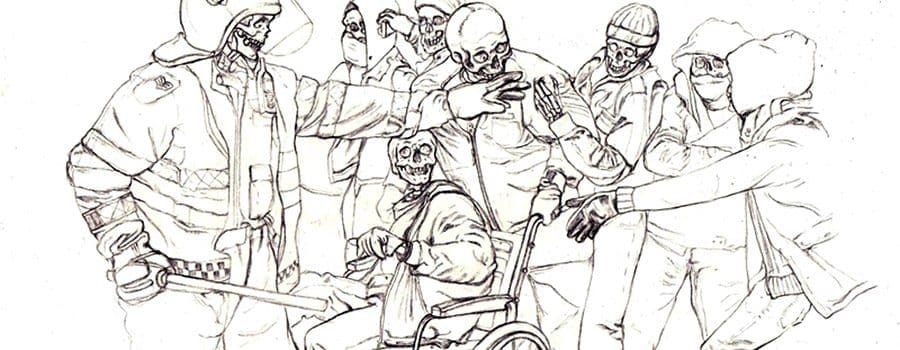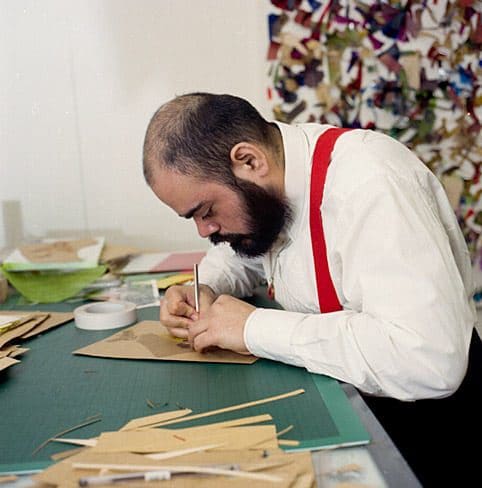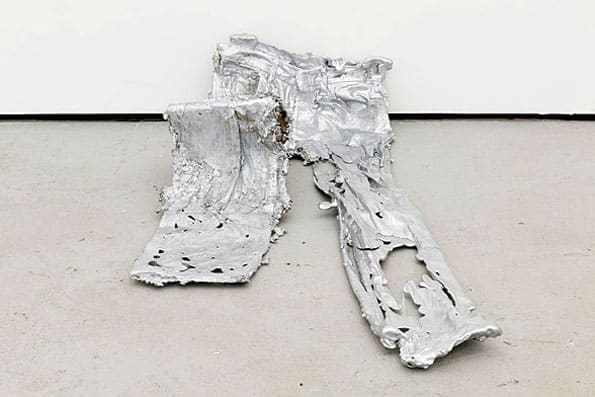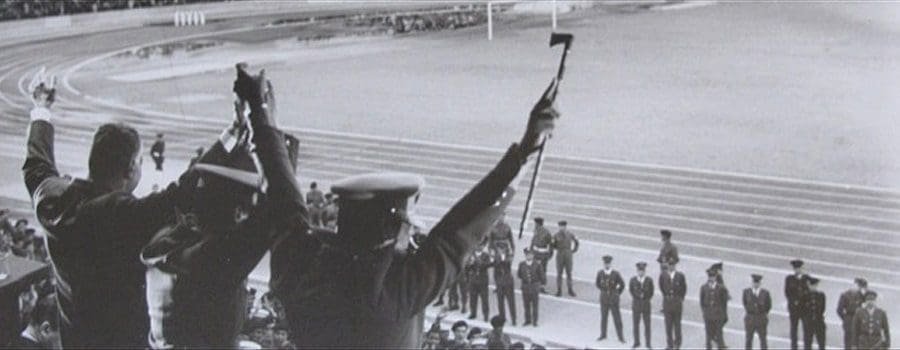words Alexa Wang
The history of art is the story of humanity’s creative expression and visualization of the world around them. Art has evolved over time in response to the changing needs and values of societies around the world. Art has changed dramatically throughout the course of history, which is why studying art history can be so interesting and important for artists today.
The key to understanding how you might want to create art yourself is knowing what other people have done in the past. In this article, we will explore some of the most important movements in art history, and how they have shaped our perception of the world.
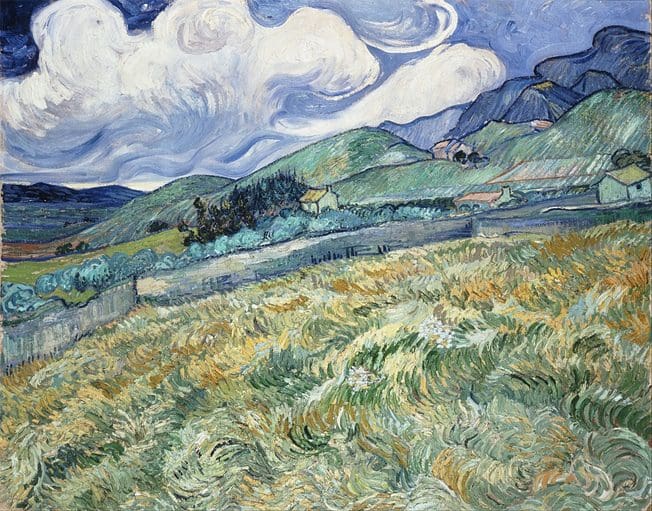
The Renaissance Era
The Renaissance Era was essentially the rebirth of art. It started in Italy and spread to the rest of Europe, bringing with it a renewed interest in ancient art and culture. It was a time when artists rediscovered their own traditions, but also found ways to incorporate ancient art into their work. While many Renaissance artists still relied on religious themes for much of their work, this era is also well-known for its experimentation and portrayal of human subjects. The Renaissance was a time when more and more people were considered worthy of being the subject of art, and artists wanted to accurately express their subjects’ personalities.
Realism
Around the 19th century, there was a movement called “realism” that started in France and spread around Europe. Realist paintings tend to be very detailed and closely-observed representations of everyday subjects. Often, realism can appear rather dull and lifeless, because it is all about the accurate representation of the physical world. This movement represented a sort of backward-looking artistic philosophy: artists were more concerned with recreating what was in front of them than making abstract or highly imaginative works.
Realism was a big contrast to the Romantic era that preceded it. Romantic art was all about painting landscapes and scenes from literature, legends, and mythology. While realism was initially meant as a challenge against romanticism, it ended up giving rise to other movements such as Impressionism and Post-Impressionism.
Impressionism
Realism ended up sparking a new movement called “impressionism,” where artists were more concerned with expressing their personal reactions to the world.
Around the late 1860s to 1870s, there was a major revolution in the art world, led by artists like Claude Monet, Edgar Degas, and Camille Pissarro. These painters are often referred to as Impressionists because their paintings showed the fleeting quality of light on objects. The impressionistic style became very popular with other artists during this time, even though many of the works were strongly criticized by art critics. These painters were modernists, who wanted to show what they saw around them instead of creating idealized versions of reality.
Around the same time that the impressionists were working in Europe, Vincent Van Gogh was making paintings about peasants, landscapes, and still lifes in the Netherlands. The influence of Japanese woodblocks on his work is very clear. This is called “post-impressionism” and was a major influence on Paul Cézanne.
The Expressionist Movement
Around 1905, there was a major shift in European art because several German artists like Max Beckman and Ernst Ludwig Kirchner became fascinated with expressing human emotions. They wanted to show their own feelings and those of common people, as well as the darker side of life. Expressionism represents a very important part of Modern art because it is all about making art about what you feel is true or right, rather than what is aesthetically pleasing or historically valued.
Expressionism also made art about personal experiences, like how Kirchner used his own experience of the German military to talk about the dehumanizing effects of war. Expressionists were also against making rules about art; they wanted it to be more natural, emotional, and untamed.
Abstract Art
In the early 20th century, several artists started creating works of art without any references to the physical world at all. Instead, they were focused on expressing ideas and emotions by creating non-representational pieces. Mondrian was one such abstract artist who is well-known for his work in geometric abstraction and expressionism. When looking at abstract art, there is no object that you can recognize, but it is still possible to feel the emotions and ideas of the artist through color, line, shape, etc. This movement represented an important step towards contemporary art because it allowed artists to make abstract paintings without any references to the physical world.
Pop Art
Around the 1950s and 1960s, many artists were inspired by the commercial images that surrounded them. Andy Warhol’s artwork is probably one of the most well-known pop art pieces, featuring repeated depictions of Campbell’s soup cans and iconic portraits of celebrities like Marilyn Monroe. Pop Art can also refer to paintings with distorted or heightened colors like those found in comic books.
Pop art is an important part of contemporary art because it is about reproducing or exaggerating images that are in the public sphere. Some of these images include advertisements, toy products, and everyday items found in a typical household.
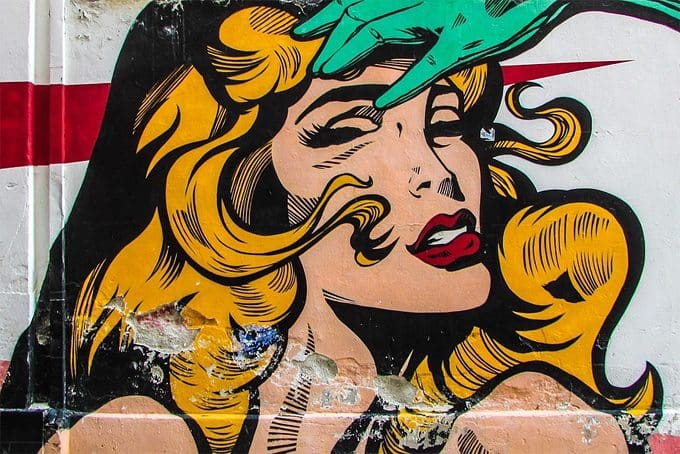
Art is a way to express yourself and to understand the world around you, which is why it continues to be important today. As Vincent Van Gogh was quoted as saying: “I can very well do without God both in my life and in my painting, but I cannot, suffering as I am, do without something which is greater than I am, which is my life, the power to create.” This is why it’s important to keep learning about different art styles and why they were used.
Art changes as new ideas about life and society emerge, but it also stays the same because people of all eras want to experience beauty and express themselves through art. Art is a way for you to discover who you are and it has been that way for thousands of years. People have always and will always continue to make art, so don’t stop yourself from creating! We hope this article helped you learn more about art history!















